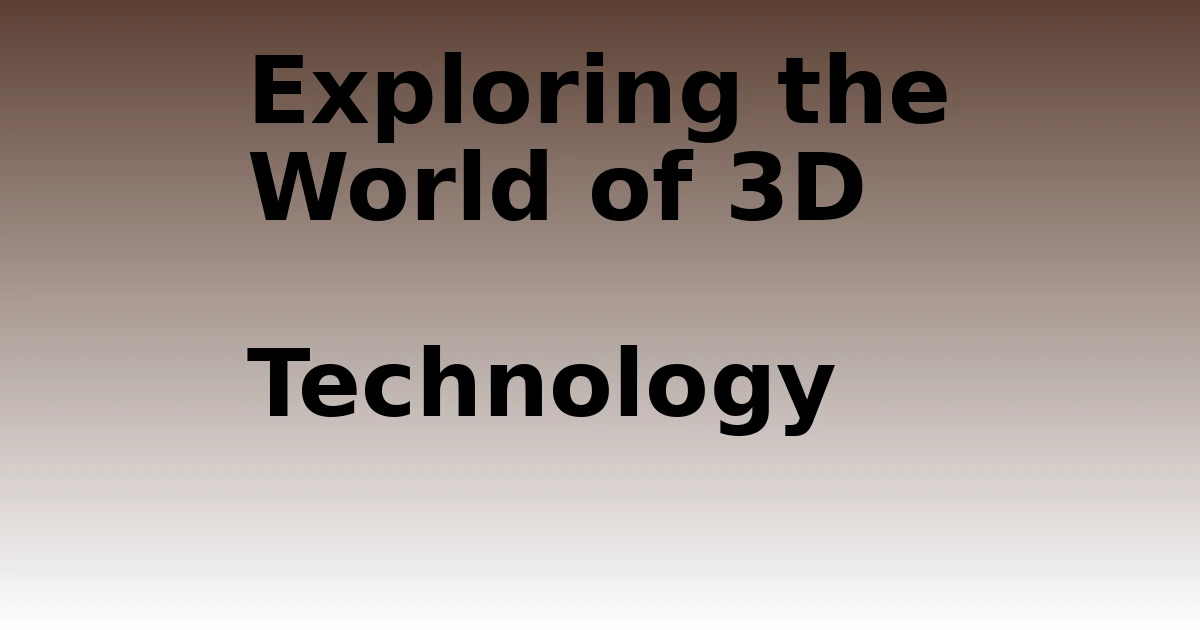Last Updated on August 30, 2023 by tech pappy
Welcome back, folks! Today we’re diving into an ever-deepening pool of debate: Nature vs Technology. As technology rapidly evolves, our connection with nature seems to be fading.
Nevertheless, whether this must be, the case is something worth inquiring about. Let’s discover how!
The Rocky Relationship: Nature vs Technology
From the earliest days of mankind, humans have been fascinated by interactions between technology and nature.

Scientific advances have provided us with a more comprehensive understanding of our ecosystem, resulting in greater insights into its intricacies.
On the other hand, our overreliance on technology can have both positive and negative consequences.
For instance, it depletes natural resources and generates pollution – affecting both human health and the ecological balance of our planet. But is it possible to strike a productive equilibrium between progress and safeguarding?
Learning from Nature: Inspired Innovations
Nature has been inspiring innovations for millions of years. Many new products and technologies are designed based on nature’s solutions to problems.
For instance, the shape of airplane wings was inspired by bird wings, and Velcro was invented by studying burrs.
Nature teaches us valuable lessons, and we can invent new ways of interacting with it that benefit mankind and the planet.
The Damage: Destruction of Nature by Technology
Technology has played an essential role in causing environmental destruction. For example, we’ve destroyed swathes of forests to build factories and use petroleum as a source of energy for our metropolitan areas.

Technological advancement has facilitated harmful impacts, including air pollution, deforestation, and water contamination. This development has wrought detrimental environmental consequences – affecting everyone in one way or another.
We must be mindful that these consequences arise from our utilization of technology; however, it is imperative to acknowledge our ability to mitigate this damage by modifying its usage.
The Double-Edged Sword: Benefits and Costs of Technological Advancements
The utilization of technology is neither intrinsically beneficial nor malefic; rather, it depends upon how it is utilized.
On the one hand, some advancements help us comprehend and safeguard our planet’s natural state. At the same time, on the other, they can have adverse consequences – as if fomenting further degradation or extinction.
Technology: A Tool for Conservation
Innovation can be a formidable ally in our endeavor to safeguard the environment. From monitoring wildlife populations to removing oil spills, new technologies can help us achieve optimal levels of sustainability.
For example, unmanned aerial vehicles have been deployed to oversee unlawful logging and fishing practices, whereas solar installations are a more economical means of producing electricity.
These applications demonstrate how technology can be utilized alongside nature rather than against it.
The Cost of Convenience: Environmental Impact of Everyday Technologies
Despite the myriad advantages of technology, its dependence on raw materials and energy can often result in environmental degradation and depletion of natural resources.
Cars, computers, and smartphones necessitate the extraction of these essential components, which contribute to air pollution and deplete our planet’s finite reserves.
Furthermore, the byproducts of technological procedures, such as electronic waste and chemical contamination, can harm human society and the environment. It is crucial to recognize these processes’ consequences to minimize them.
The Great Disconnect: How Technology Impacts Our Relationship with Nature
Technological advancements pervade our daily existence and can induce us to overlook the natural environment. The consequent alteration in focus may result in a steep reduction of awareness – leaving us oblivious and disconnected from the world around us.
From spending hours staring at screens to experiencing nature through digital representations, our connection with nature is progressively weakening.
Virtual Reality: Simulating Nature or Replacing It?
The advent of virtual reality (VR) is a significant event in the world of technology, enabling us to enjoy immersive simulations and converse with digital wildlife.
While it may prove advantageous for educationally-driven experiences, it can also create an impossible disconnection between our perception of nature and its actuality, which must be guarded against.
We must consider the significant distinction between VR and outdoor experiences, as the former cannot provide the same visceral and emotional connections experienced while enjoying nature.
Overcoming this hurdle requires an equitable blending of virtual and real-world settings.
The Importance of Collaboration: technology and nature Working Together
Instead of viewing nature and science as potentially adversarial forces, we should strive to establish effective partnerships between them.
Utilizing technology to obtain a comprehensive perspective on the natural world; gathering knowledge that can benefit both its safeguarding and amelioration – is an incredibly powerful strategy for ensuring its long-term sustainability and enhancing our everyday lives!
Collaboration between humans and nature has yielded striking results through biomimicry – an innovative design technique that draws on the efficiencies of natural processes.
By studying nature’s efficient strategies, we can develop sustainable technologies and products with minimal environmental impact.
Another example is using technology to monitor and manage natural resources more effectively. From space-borne cameras to networked sensors, these tools can help us optimize water usage, minimize waste and safeguard endangered species.
A judicious mix of technology and nature is the best way to safeguard our planet’s health.
Moving Forward: Striking a Balance Between Nature and Technology
With each passing era, our technological progress offers a degree of profound awe. Nevertheless, we must remain mindful of this evolution’s potential consequences on our relationship with nature.
We must consider both advantages and drawbacks while making informed decisions to safeguard this delicate equilibrium between humankind and the natural realm.
Educating Ourselves and Future Generations
To safeguard a long-term future, we must familiarize ourselves and future generations with the significance of nature and technology’s critical role in protecting it.

By instilling an appreciation for nature and prudent application of technology, we can foster more sustainable practices that help ensure its sustainability.
Supporting Sustainable Technologies and Practices
As consumers, we wield tremendous influence over technological development.
By investing in companies that prioritize sustainability and eco-friendly practices, we can help generate innovative breakthroughs in a direction that benefits both the environment and humankind.
Embracing the Connection Between Nature and Technology
The interplay between nature and technology is intricate and ever-expanding. Despite relying on civilization’s advancements, these forces represent viable solutions for our problems.
Recognizing our connection to nature’s essential role in shaping our future, embracing responsible technology use, and forging meaningful partnerships between both parties are crucial to establishing a sustainable world for Mother Earth and humanity.
Ensure that you are mindful of the potential impact of technology. Understanding its utility is paramount to maintaining a balanced approach in our use.


